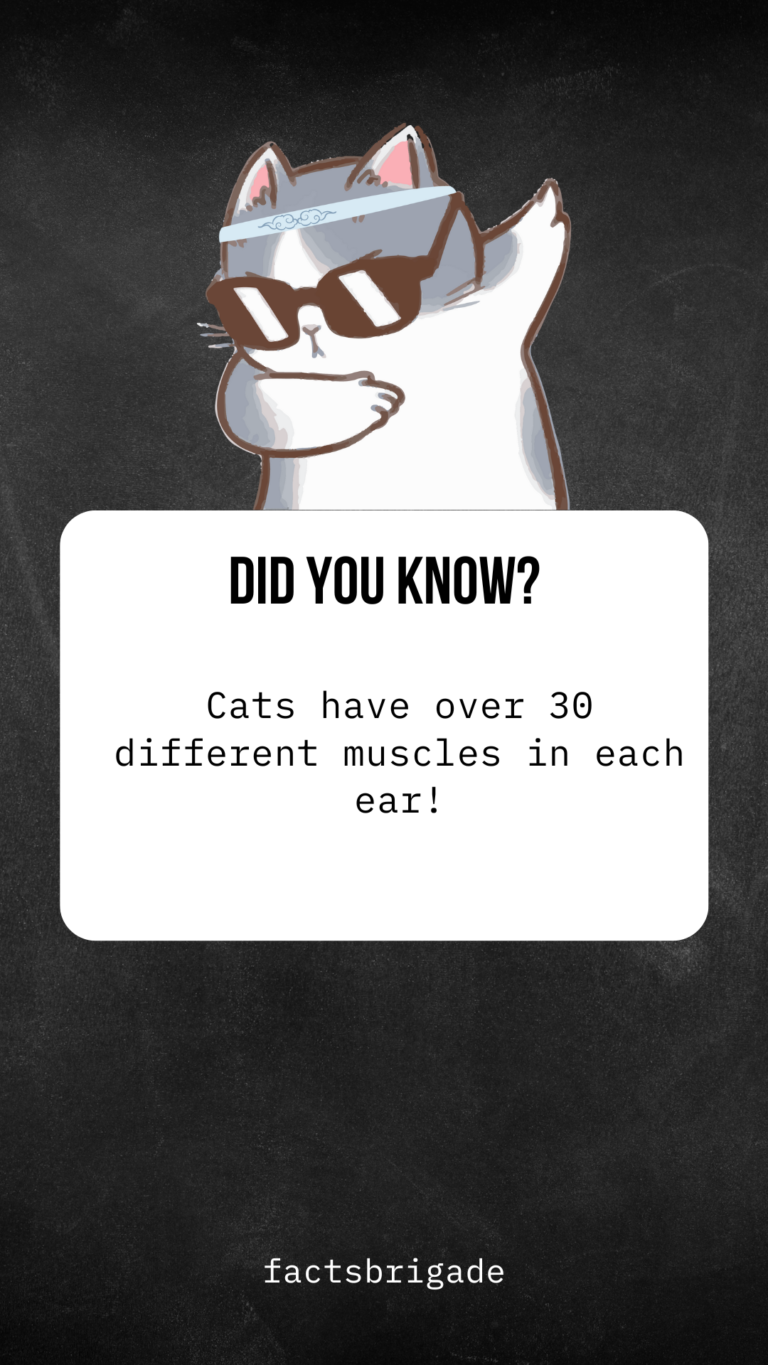40 Facts About Boys and Crushes
Butterflies and Beyond:
- Nervous System Frenzy: Boys, like girls, experience the infamous “butterflies” in their stomachs caused by adrenaline and excitement around their crush.
- Show-off Mode: Boys might try to impress their crush by bragging about their skills, acting funny, or putting on a “cool” act to appear more attractive.
- Teasing Tactics: Confusing, right? Some boys tease their crush to get attention, although it might not always be the smoothest move.
- Indirect Communication Champions: Not all boys are upfront. They might confide in friends or talk about their crush to others instead of directly approaching them.
- Mirroring Mania: Subconsciously, boys might mimic their crush’s interests or mannerisms to appear more relatable. (Mirror neurons at work!)
Crushes: Decoded
- The Dopamine-Oxytocin Rush: Crushes release dopamine (reward) and oxytocin (bonding) chemicals, creating a euphoric and attached feeling.
- Limbic Limbo: The brain’s emotional center, the limbic system, goes into overdrive during a crush, leading to nervousness, excitement, and even obsessive thoughts.
- Stages of the Crush Game: The crush journey often starts with infatuation (focusing on looks), progresses to awkwardness, then a desire to know the person better, and finally, a decision to confess or move on.
- Celebrity Crushing: Admiring and being attracted to celebrities from afar is a common crush experience for many boys.
- Friend Zone to Crush Zone: Crushes can develop on existing friends, leading to a desire for a deeper connection.
Communication and Confidence
- Confidence is Key: A boy can feel more comfortable approaching their crush by focusing on their strengths and passions.
- Finding Common Ground: Shared interests are great conversation starters!
- Body Language Speaks: Making eye contact and smiling shows genuine interest without being too forward.
- Humor Me: Using humor effectively can break the ice and showcase their personality.
- Indirect Communication Styles: In some cultures, boys might be more subtle with their feelings, using hints and gestures instead of direct words.
Crushes Around the World
- Cultural Variations: How boys express crushes can vary greatly depending on cultural norms. Some cultures encourage directness, while others prefer a more understated approach.
- Love Languages Differ: Not all cultures prioritize romantic crushes when choosing a partner. Arranged marriages exist in some cultures, bypassing the “crush” stage.
The Feels After the Feels
- Rejection Blues: Not all crushes lead to happily ever after. Boys can feel hurt or rejected if their feelings aren’t reciprocated. Support from friends and family is crucial during these moments.
- The Short-Lived vs. Long-Term: Crushes can be fleeting or develop into deeper emotions. Long-term crushes might encourage boys to express their feelings more openly.
- Unrequited Blues: Unrequited crushes can be emotionally challenging. Talking to a trusted friend or family member can help navigate these feelings.
Social Media and the Modern Crush
- Like & Follow Frenzy: Boys might like and comment more frequently on their crush’s social media posts to grab their attention.
- Sharing is Caring (Maybe): They might share funny memes or exciting articles they think their crush would enjoy.
- Catfishing (Not Cool): Creating fake profiles to connect with a crush online is not recommended! Honesty and transparency are key.
Beyond the Basics
- Jealousy Can Bloom: Just like anyone else, boys can feel jealous if they see their crush talking to someone else.
- Helping Hand Hero: Boys with a crush might go out of their way to help their crush with small tasks or errands.
- Secret Keeper: Boys who trust their crush might start sharing secrets or personal thoughts with them, a sign of a deepening connection. 27. The Power of Vulnerability: Opening up about interests and feelings can be a way for boys to show their genuine side and connect with their crush.
- Nervous Around the Crew: Boys with a crush might act differently around their friends when the crush is present. They could be extra talkative, quiet, or even clumsy.
Brain & Body
- Baby Boy Cries: Believe it or not, baby boys tend to cry at a higher pitch than baby girls.
- Color Blindness: Boys are more likely to have certain types of color blindness compared to girls.
- Testosterone Takes Charge: Testosterone, produced in more significant amounts in boys, influences physical development and can contribute to increased competitiveness or protectiveness around a crush.
- Growth Spurts and Late Bloomers: On average, boys’ growth plates close later than girls’, so their final height might develop over a longer period.
- Friendship and Family
- Boy Bands and Bonding: Boy bands can be a source of shared interest and bonding among boys, especially when a crush involves a band member!
- Positive Role Models Matter: Positive relationships with fathers or male role models can significantly impact how boys approach crushes and relationships.
- Family Support is Key: A supportive family environment can help boys navigate the emotional ups and downs of crushes and relationships.
- Uniquely You
- Every Crush is Different: Boys experience crushes in various ways, just as girls do. There’s no single “right” way to feel or behave.
- Beyond the Stereotypes: Boys can express emotions in healthy ways, including vulnerability and care, not just traditionally “masculine” traits.
- Respect is Always In Being respectful and kind is crucial, even if a boy feels nervous or shy around their crush.
- The Takeaway
- Crushes: A Normal Part of Growing Up: Having crushes is a normal and healthy part of social and emotional development for boys.
- Communication is Key: Honest and respectful communication can help build connections and positively navigate crushes, even if it’s scary.
- Bonus Fact: The average boy laughs around 300 times a day! (Maybe some of those laughs are because of crushes?)



